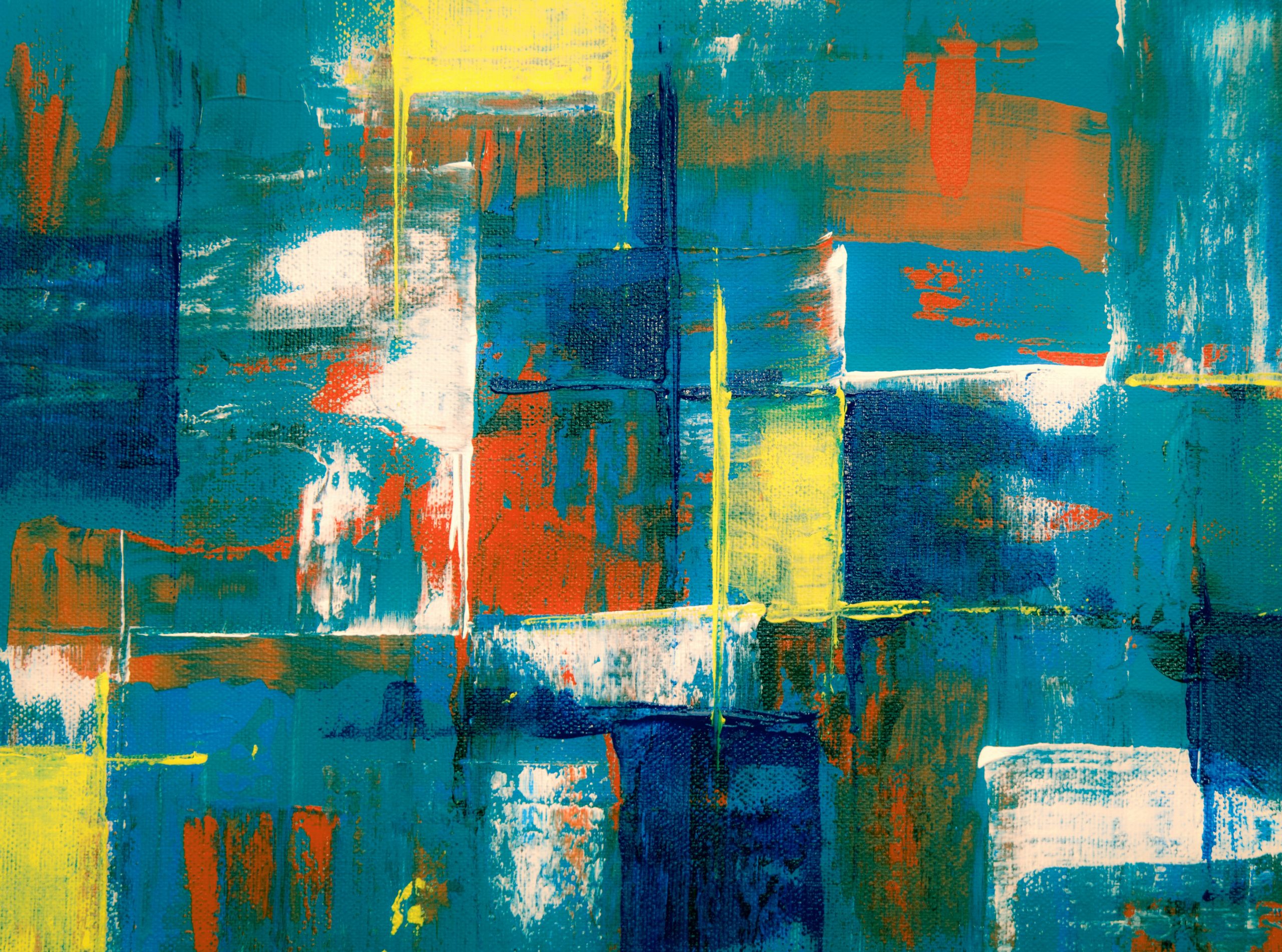The Runic Alphabet: Mystical Symbols of Norse Writing

Hey there, amazing readers! 🖐️ Just a quick note: yes, we know there are a lot of ads here. Trust us, we get it—it’s not the prettiest look, but they help us keep this blog alive and kicking. Those pesky little ads cover the costs of all the behind-the-scenes magic, from hosting and tech stuff to creating content we hope you’ll love.
We’re committed to delivering quality posts, and your support (even just sticking around despite the ads) means everything to us. So, bear with us, and thanks for helping us keep the good vibes rolling. Now, on to the fun stuff! 😉
TRANSLATE BUTTON AT THE END OF THE ARTICLE
Overview
The Runic Alphabet, also known as the Futhark, is a set of ancient symbols used by the Norse people for writing and divination.
These mystical symbols have a rich history and hold great significance in Norse mythology.
In this article, we will explore the origins and development of the Runic script, delve into the significance of runes in Norse mythology, understand the structure and sounds of the Runic Alphabet, learn how runes were used for divination and magic, explore the tools and techniques used to carve runes, examine different examples of runic inscriptions and their interpretations, trace the decline and rediscovery of the Runic Alphabet, and finally, discuss the influence of runes in popular culture and available resources for learning the Runic Alphabet.
Introduction to the Runic Alphabet
The Runic Alphabet, or Futhark, is a writing system that was primarily used by the Norse and other Germanic tribes between the 2nd and 11th centuries CE.
Its characters, known as runes, were typically inscribed on various materials such as wood, bone, stone, and metal.
The Runic Alphabet consists of 24 characters, each representing a specific sound.
These characters are angular in shape and can be divided into three groups known as the Elder Futhark, Younger Futhark, and Anglo-Saxon Futhorc.
Origins and Development of the Runic Script
The origins of the Runic script are still debated among scholars, but it is widely believed to have derived from the Old Italic alphabets, particularly the Etruscan alphabet.
The Runic script evolved over time, with the earliest known form being the Elder Futhark, consisting of 24 characters.
As Germanic tribes migrated and settled in different regions, variations of the Runic script emerged, leading to the development of the Younger Futhark and the Anglo-Saxon Futhorc.
This evolution was influenced by both linguistic changes and regional preferences.
Significance of Runes in Norse Mythology
In Norse mythology, runes were believed to possess magical properties and were associated with the god Odin.
According to the mythological narrative, Odin hung himself from the World Tree, Yggdrasil, for nine nights while spearing his body with his own spear.
As a result, he gained deep knowledge of the runes, which he then shared with the gods and humans.
Runes were seen as a source of power, wisdom, and connection to the divine.
They were used in rituals, spells, and charms for protection, healing, and divination.
Understanding the Runic Alphabet: Structure and Sounds
The Runic Alphabet consists of 24 characters divided into three groups or sets known as aettir.
Each set is associated with a specific god or goddess in Norse mythology.
The characters are known as runes and are typically inscribed in a straight line from left to right.
The runes are angular and made up of straight lines, which made them easier to carve into solid materials.
Each rune represents a specific sound or phoneme, and some runes also have additional meanings or associations.
Divination and Magic: How Runes Were Used
One of the most fascinating aspects of the Runic Alphabet is its use in divination and magic.
Runes were often used for casting lots or reading fortunes.
This practice, known as rune casting or runic divination, involved drawing runes from a bag or scattering them on a cloth and interpreting their meaning based on their position and the question asked.
The interpretation of runes required deep knowledge and intuition, as the same rune could have different meanings depending on the context.
Additionally, runes were used in magical spells and charms for protection, healing, and influencing events.
Carving Runes: Tools and Techniques
Carving runes was a skilled craft that required specific tools and techniques.
The tools used for carving runes included a sharp knife or chisel, often made of iron or steel.
The runes were typically carved into solid materials such as wood, bone, stone, or metal.
The technique involved carefully etching the lines of the rune using the knife or chisel, ensuring that the angles and proportions were accurate.
The finished carved runes could be used for various purposes, such as amulets, talismans, or inscriptions on important objects.
Runic Inscriptions: Examples and Interpretations
Runic inscriptions can be found on various objects, ranging from everyday items to monumental stones.
These inscriptions provide valuable insights into the lives, beliefs, and events of the people who used the Runic Alphabet.
Some runic inscriptions are relatively simple, containing personal names, declarations, or dedications.
Others are more elaborate and complex, containing riddles, prayers, or magical formulas.
Interpretation of runic inscriptions requires a deep understanding of the Runic Alphabet, Norse mythology, and the historical context in which the inscriptions were created.
The Decline and Rediscovery of the Runic Alphabet
With the spread of Christianity and the adoption of the Latin alphabet, the use of the Runic Alphabet gradually declined.
By the 11th century, the Runic script had largely fallen out of use in everyday writing.
However, the Runic Alphabet was not completely forgotten.
It continued to be used in certain contexts, such as magical practices and the inscriptions on memorial stones.
In the 16th century, interest in the Runic Alphabet was rekindled during the Renaissance, leading to the rediscovery and study of runic inscriptions by scholars and antiquarians.
Runes in Popular Culture: From Vikings to Modern Times
The Runic Alphabet has had a significant influence on popular culture, particularly in depictions of the Viking Age.
In literature, movies, and video games, runes are often associated with mysticism, magic, and the Viking warriors.
The use of runes in popular culture has sparked interest in the Runic Alphabet among enthusiasts, who seek to learn and understand this ancient writing system.
Additionally, runes continue to be used in modern esoteric and occult practices, with individuals using them for meditation, personal development, and spiritual connection.
Learning the Runic Alphabet: Resources and Tips
For those interested in learning the Runic Alphabet, there are various resources available.
Books on Norse mythology and runic inscriptions provide valuable information about the history, meanings, and interpretations of runes.
Online courses and tutorials offer interactive learning experiences, allowing individuals to study and practice the Runic Alphabet at their own pace.
Additionally, workshops and seminars conducted by experts provide hands-on guidance and opportunities for deeper engagement with the Runic Alphabet.
It is important to approach learning runes with an open mind, curiosity, and a willingness to embrace the cultural and historical significance of this ancient writing system.
Preserving the Runic Alphabet: Challenges and Future
Preserving the Runic Alphabet poses several challenges.
The scarcity of well-preserved runic inscriptions makes it difficult to fully understand the nuances and meanings of each rune.
Additionally, the esoteric and mystical associations with runes can lead to misinterpretations and misconceptions.
To ensure the preservation of the Runic Alphabet, it is crucial to continue scholarly research, document and catalog existing runic inscriptions, and promote accurate and responsible dissemination of knowledge about runes.
By doing so, we can ensure that the Runic Alphabet remains an invaluable part of our cultural heritage, offering insights into the past and inspiring future generations.
Conclusion
The Runic Alphabet, with its mystical symbols and rich history, holds great significance in Norse writing and mythology.
From its origins in ancient Italic alphabets to its decline and rediscovery, the Runic Alphabet has left an indelible mark on human culture.
Understanding the structure and sounds of runes, the use of divination and magic, the art of carving runes, and the interpretation of runic inscriptions provide a glimpse into the lives and beliefs of the Norse people.
Despite its decline in everyday use, the Runic Alphabet continues to captivate and inspire, both in popular culture and among those seeking to delve into the depths of Norse traditions and wisdom.

The Enlightenment Journey is a remarkable collection of writings authored by a distinguished group of experts in the fields of spirituality, new age, and esoteric knowledge.
This anthology features a diverse assembly of well-experienced authors who bring their profound insights and credible perspectives to the forefront.
Each contributor possesses a wealth of knowledge and wisdom, making them authorities in their respective domains.
Together, they offer readers a transformative journey into the realms of spiritual growth, self-discovery, and esoteric enlightenment.
The Enlightenment Journey is a testament to the collective expertise of these luminaries, providing readers with a rich tapestry of ideas and information to illuminate their spiritual path.
Our Diverse Expertise 🌟
While our primary focus is on spirituality and esotericism, we are equally passionate about exploring a wide range of other topics and niches 🌍📚. Our experienced team is dedicated to delivering high-quality, informative content across various subjects ✨.
To ensure we provide the most accurate and valuable insights, we collaborate with trusted experts in their respective domains 🧑🏫👩🏫. This allows us to offer well-rounded perspectives and knowledge to our readers.
Our blog originally focused on spirituality and metaphysics, but we’ve since expanded to cover a wide range of niches. Don’t worry—we continue to publish a lot of articles on spirituality! Frequently visit our blog to explore our diverse content and stay tuned for more insightful reads.








